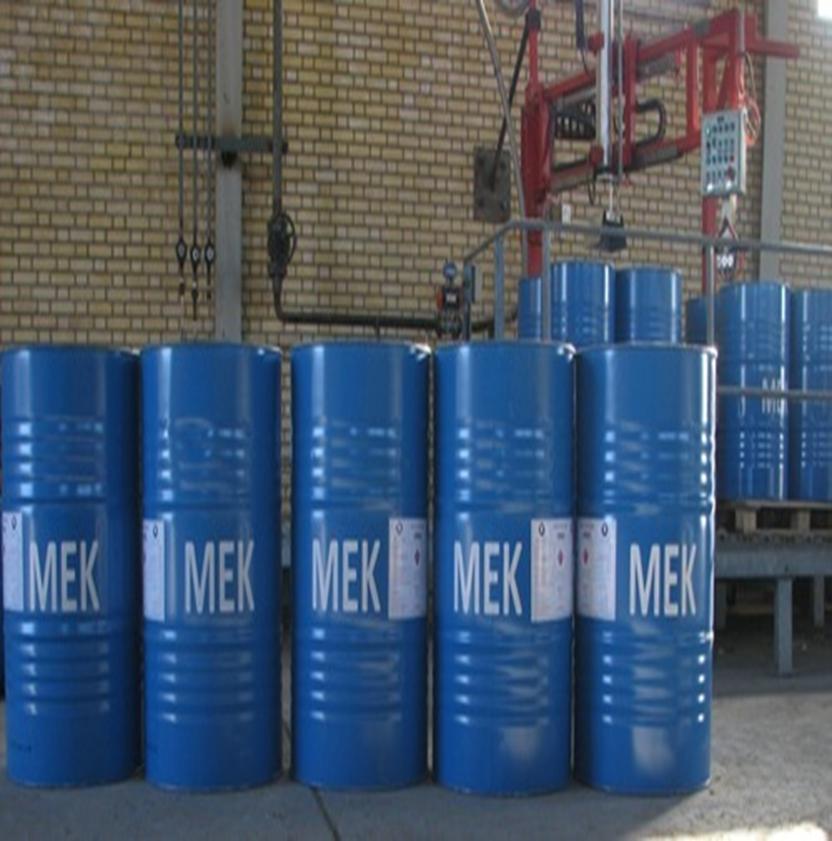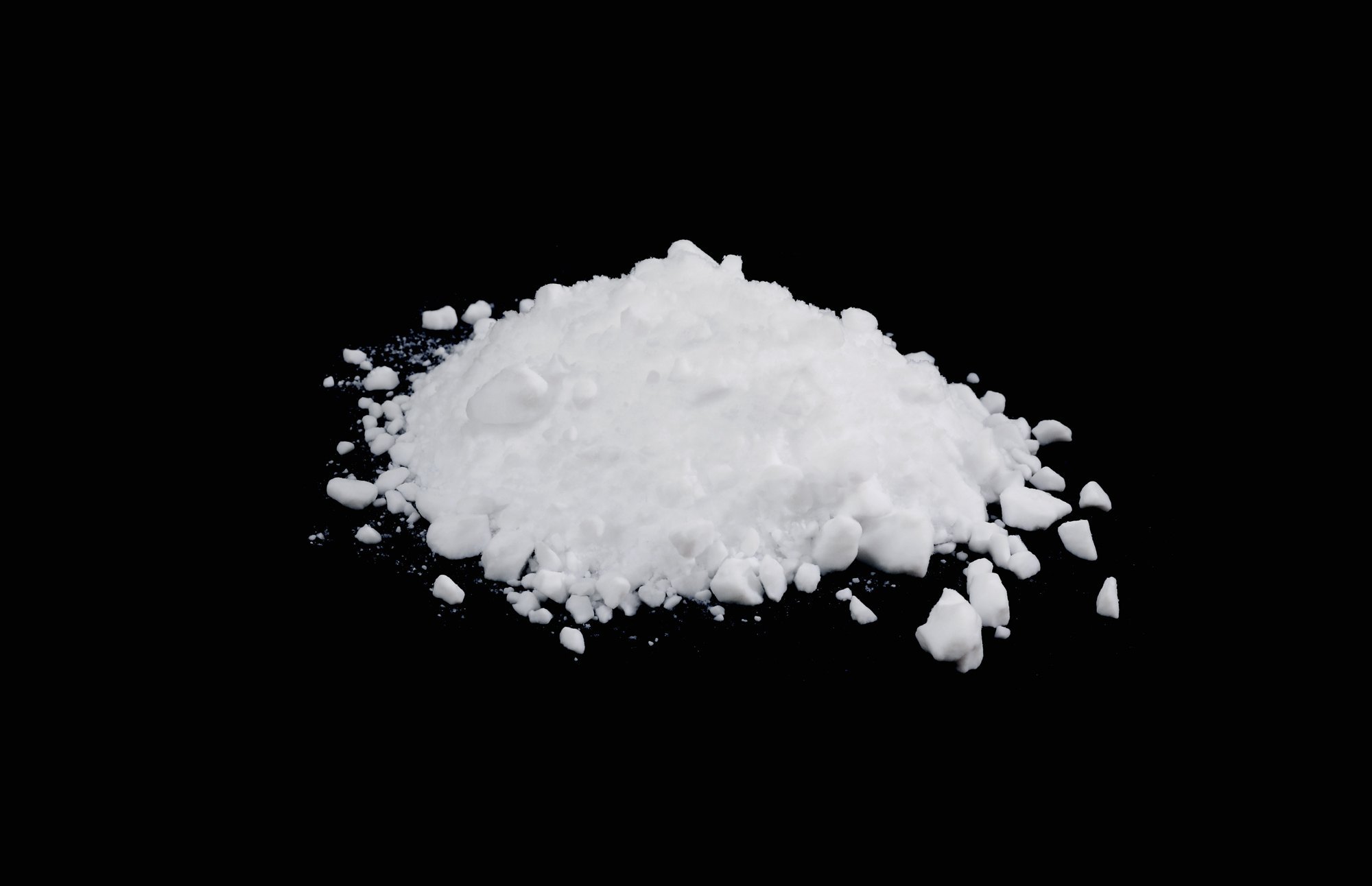Description
This material was discovered by Chaim Weizmann, it is a toxic, fluid, volatile, colorless and highly flammable liquid and is widely used in industry as a solvent. One of the simplest ways to make this material is calcium acetate distillation. Due to its high polarity, it is a good solvent for most organic compounds. Acetone is well dissolved in water, ethanol and ether.
APPLICATION AND PROPERTIES:
– Acetone is a good solvent for many plastics and some synthetic fibers.
– It is used for thinning polyester resin, cleaning tools and dissolving two-part epoxies and superglue before they harden.
– It is used as one of the volatile components of some paints and varnishes.
– It is used as a heavy-duty degreaser, it is useful in the preparation of metal prior to painting.
– It is used as a solvent by the pharmaceutical industry and as a denaturant in denatured alcohol.
– It can be used as a component in food additives and food packaging.
– It is often the primary component in cleaning agents such as nail polish and superglue removers.
– It is used as an intermediate material for the preparation of methyl methacrylate, Methacrylic acid in the chemical industry.
– It is used in the preparation of compounds such as antioxidants, isobutyl ketones A, bisphenol herbicides, heavy ketones, formaldehyde condensation, diphenylamine and intermediate vitamins.
Safety:
The most hazardous property of acetone is its extreme flammability. At temperatures greater than acetone’s flash point of −20 °C (−4 °F), air mixtures of between 2.5% and 12.8% acetone, by volume, may explode or cause a flash fire. Vapors can flow along surfaces to distant ignition sources and flash back. Static discharge may also ignite acetone vapors, though acetone has a very high ignition initiation energy point and therefore accidental ignition is rare. Even pouring or spraying acetone over red-glowing coal will not ignite it, due to the high concentration of vapour and the cooling effect of evaporation of the liquid. It auto-ignites at 465 °C (869 °F). Auto-ignition temperature is also dependent upon the exposure time, thus at some tests it is quoted as 525 °C. Also, industrial acetone is likely to contain a small amount of water which also inhibits ignition.
Toxicity:
Acetone has been studied extensively and is believed to exhibit only slight toxicity in normal use. There is no strong evidence of chronic health effects if basic precautions are followed. It is generally recognized to have low acute and chronic toxicity if ingested and/or inhaled. Acetone is not currently regarded as a carcinogen, a mutagenic chemical nor a concern for chronic neurotoxicity effects.
Acetone is however an irritant, causing mild skin irritation and moderate to severe eye irritation. At high vapor concentrations, it may depress the central nervous system like many other solvents.








Reviews
There are no reviews yet.